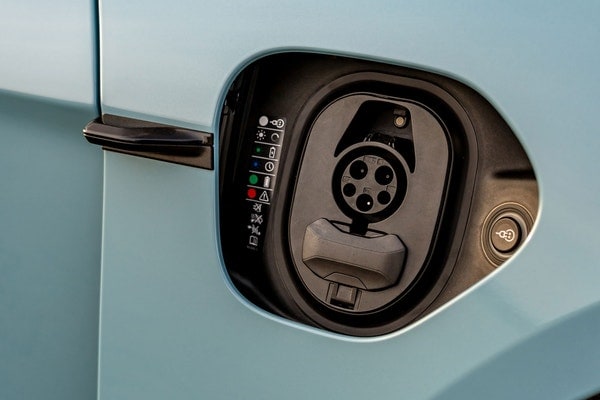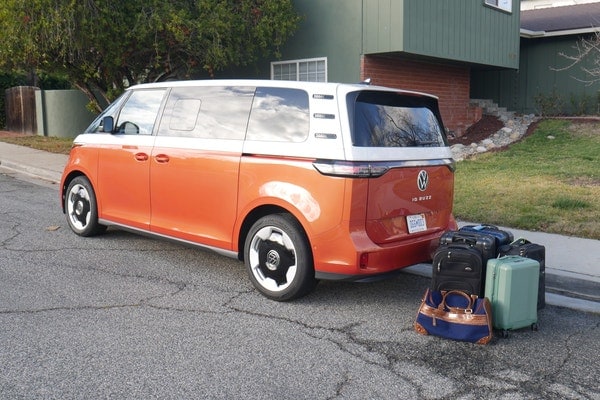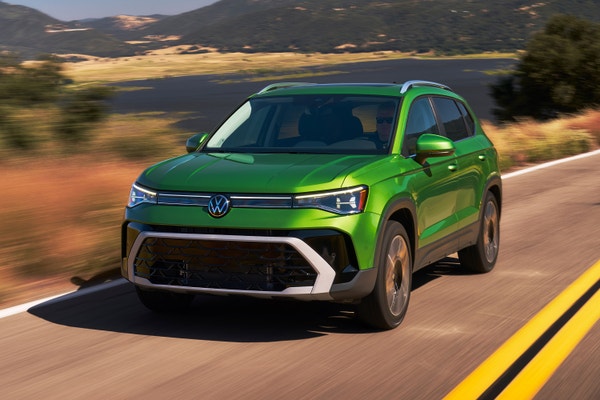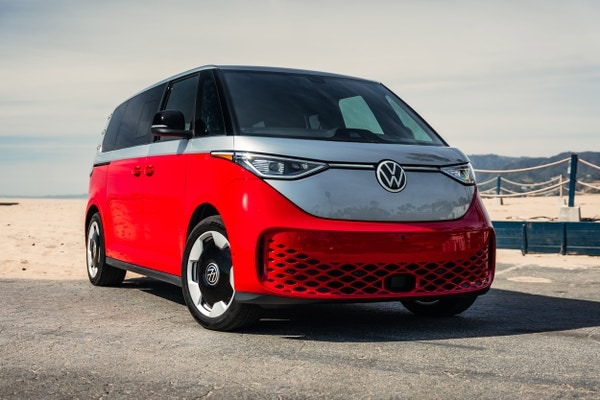Automakers like to dip into the well of nostalgia from time to time, but with the Volkswagen ID. Buzz, VW takes a plunge. The ID. Buzz reprises VW's classic microbus from the 1960s and 1970s, evoking not only an iconic design but also a cultural era. And if you'd made a wish list of improvements for the buses of that era — namely, more power so as not to hold up miles of two-lane traffic — the ID. Buzz checks those boxes. Few might have guessed a VW Bus would return as an electric car, but it makes an ideal platform for a modern revival.
Edmunds spotlight: Plenty of passing power
No significant changes are expected for the ID. Buzz's second year of production. Battery upgrades and more range won't likely arrive for another year as VW focuses on other models in development, and the Buzz's price is likely to remain lofty. For now, the minivan carries over the qualities that have endeared it to buyers thus far: massive interior space and headroom, big windows for excellent visibility, comfortable seats and a roomy third row. A modest EPA-estimated range of 231-234 miles means you'll need plenty of time for charging on road trips, although we found the all-wheel-drive version a little more capable; we drove 263 miles in the Edmunds EV Range Test. And with up to 335 horsepower on tap, drivers are no longer relegated to the slow lane, even on steep grades.
Competitors to consider
The ID. Buzz is a segment unto itself. It's an electric minivan — a novel idea on its own — but lacks the cargo space of traditional minivans like the Chrysler Pacifica Hybrid or Kia Carnival Hybrid. Three-row electric crossovers like the Kia EV9 offer more range, better efficiency and improved cargo space behind the third row, but they can't match the ID. Buzz in maximum cargo space, which is a massive Chevrolet Suburban-like 145.5 cubic feet. That's a lot of room that comes in handy when following your favorite jam bands around the country.





